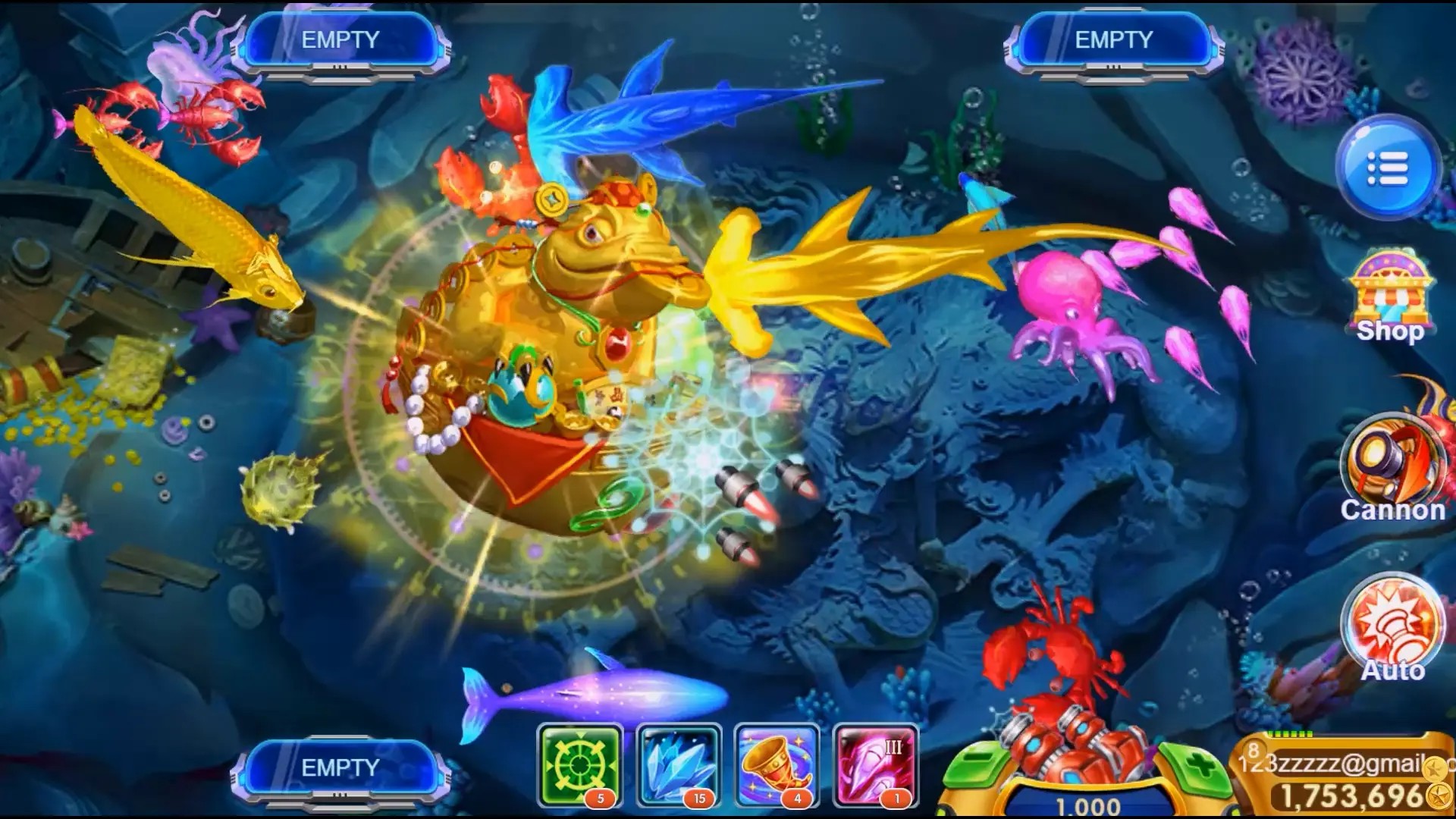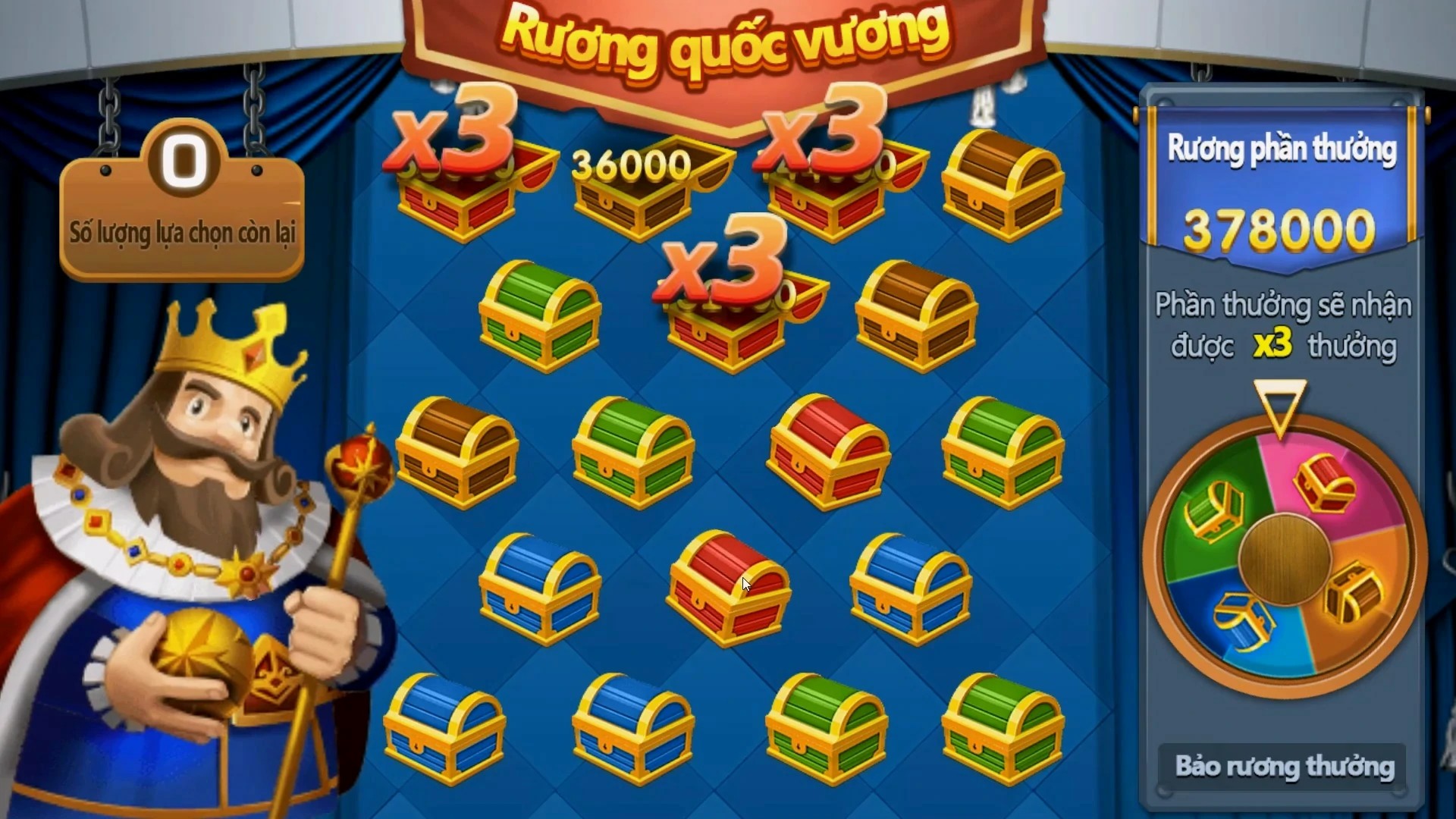Unlocking Fun: How Idle Games Redefine Resource Management in Gaming
In the ever-evolving landscape of gaming, one genre quietly grew to dominate the casual gaming space—idle games. These titles, characterized by their simplistic mechanics and often addictive qualities, redefine how we approach resource management within gaming. Unlike traditional resource management games that demand constant player engagement, idle games allow players to take a more relaxed approach, enabling them to enjoy the thrill of progress without continuous interaction. This essay delves deeper into the world of idle games, examines how they have transformed resource management, and contrasts them with other genres like offline RPG games.
Understanding Idle Games
Idle games, also known as incremental games or clicker games, emphasize passive progression. Players invest time and sometimes in-game currency to upgrade their assets. The game keeps running even when the player is away. Titles like "Cookie Clicker" or "Adventure Capitalist" exemplify this genre's rise. But what makes them so appealing?
The Allure of Passive Gameplay
One of the main attractions of idle games is their effortless engagement. Unlike traditional resource management games, where players must constantly monitor and make decisions, idle games allow for more freedom. This aspect of gameplay appeals to a more casual audience, especially those who may not have the time to invest in intensive game sessions.
Resource Management Redefined
At their core, idle games offer a unique take on resource management. Players often find themselves balancing multiple resources, each with distinct implications. Let's break down how idle games approach this critical aspect differently:
- Time Investment: Traditional games require frequent input, while idle games accumulate resources over time.
- Layered Complexity: Idle games introduce layers of upgrades and mechanics gradually, making them accessible even to new players.
- Engagement vs. Detachment: Players engage with the game world at a distance, promoting a leisurely pace that can be very satisfying.
Key Features of Idle Games
Idle games possess distinctive features that differentiate them from their resource management counterparts. Some of these features include:
| Feature | Description |
|---|---|
| Auto-Progression | Resources accrue even when the game is closed. |
| Incremental Upgrades | Progress is made through simple taps or clicks, with upgrades accessible over time. |
| Idle Mechanics | Gameplay encourages passive income, reducing stress on players. |
The Role of Visuals and Themes
Idle games often employ vibrant visuals and quirky themes to attract a broader audience. The aesthetics play a significant role in player retention. For example, a charming setting or silly characters can engage players who enjoy a lighter gaming experience.
Lessons from "Mario + Rabbids Kingdom Battle"
Even traditional titles can learn from the idle game mechanics. The mechanics found in games like "Mario + Rabbids Kingdom Battle" can be adapted to enhance user experience in other genres. The core idea focuses on integrating idle mechanics into intricate combat systems, benefiting both casual and hardcore gamers.
Connecting with Offline RPG Games
While idle games offer passive enjoyment, offline RPG games hold a contrasting appeal. Players favor rich narratives, immersive worlds, and the feeling of direct impact on their gaming experience. However, there is potential for hybridization. Can elements from idle games enhance offline RPGs?
Meeting the Needs of Diverse Players
One of the significant advantages of idle games is their ability to cater to players' varying preferences. For those craving intense interaction, the genre also provides depth through unlockable content and achievements. This duality allows idle games to attract many players from different backgrounds.
Common Misconceptions about Idle Games
Despite their popularity, idle games often face stigma. Some players view them as less authentic or lacking in skill. However, **the strategic component of resource allocation** in these games cannot be overlooked. They require nuanced decision-making to optimize growth.
The Future of Idle Games
As technology progresses and gaming platforms evolve, we can expect idle games to continue innovating. Their potential for longevity lies in the ability to adapt and integrate new themes, making them more appealing to younger audiences. The future may hold exciting developments, combining elements from different genres to enhance gameplay.
Best Practices for Success in Idle Games
If you're new to idle gaming, consider the following tips to maximize your enjoyment:
- **Regularly check** back to claim rewards and upgrades.
- Experiment with different strategies for resource management.
- Join communities for tips and tricks on optimization.
The Role of Community in Idle Gaming
Communities around idle games offer an excellent platform for knowledge sharing. Forums and social media groups are buzzing with strategies and gaming hacks. Collaboration often leads to shared success and creates a sense of belonging within the gaming world.
Comparing Gameplay Mechanics in Different Genres
For a deeper understanding of game mechanics, let’s juxtapose idle games with other popular genres:
| Genre | Gameplay Style | Player Engagement |
|---|---|---|
| Idle Games | Passive | Low to Moderate |
| Offline RPGs | Active | High |
| Simulation | Variable | Moderate to High |
Conclusion: The Enduring Appeal of Idle Games
In conclusion, idle games have managed to redefine resource management in gaming, offering players not just a game but an experience. The beauty of these games lies in their **ability to cater to diverse gaming styles**, providing a unique blend of strategy and relaxation. As they continue to evolve, it will be fascinating to see how they influence other game genres, including traditional role-playing adventures. Whether you're a die-hard gamer or someone seeking a casual pastime, the world of idle games has something to offer for everyone.



